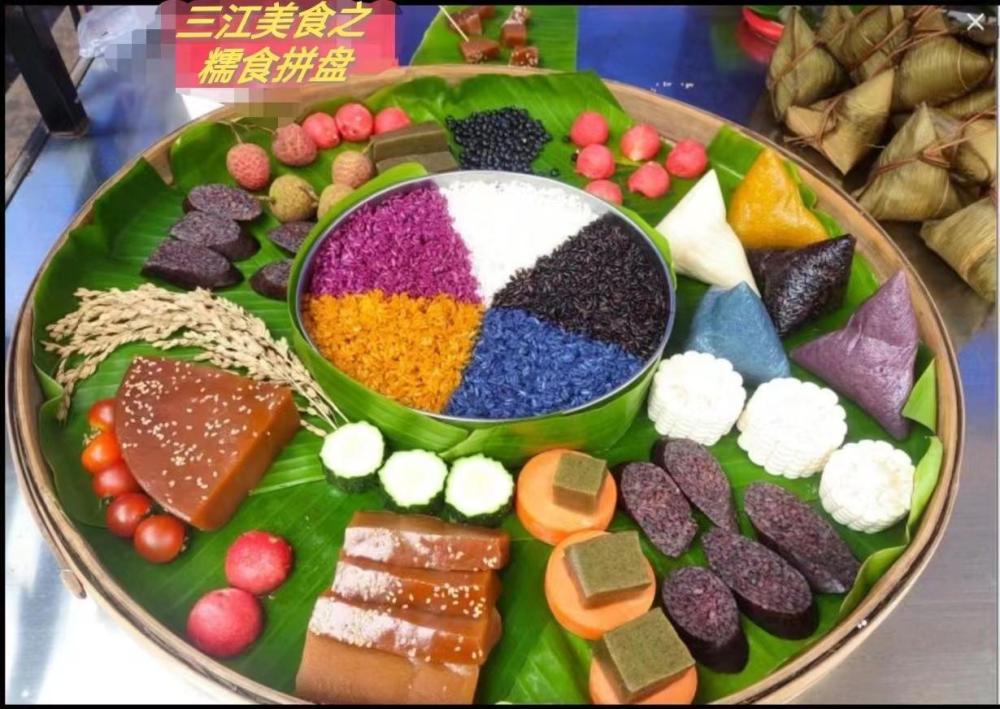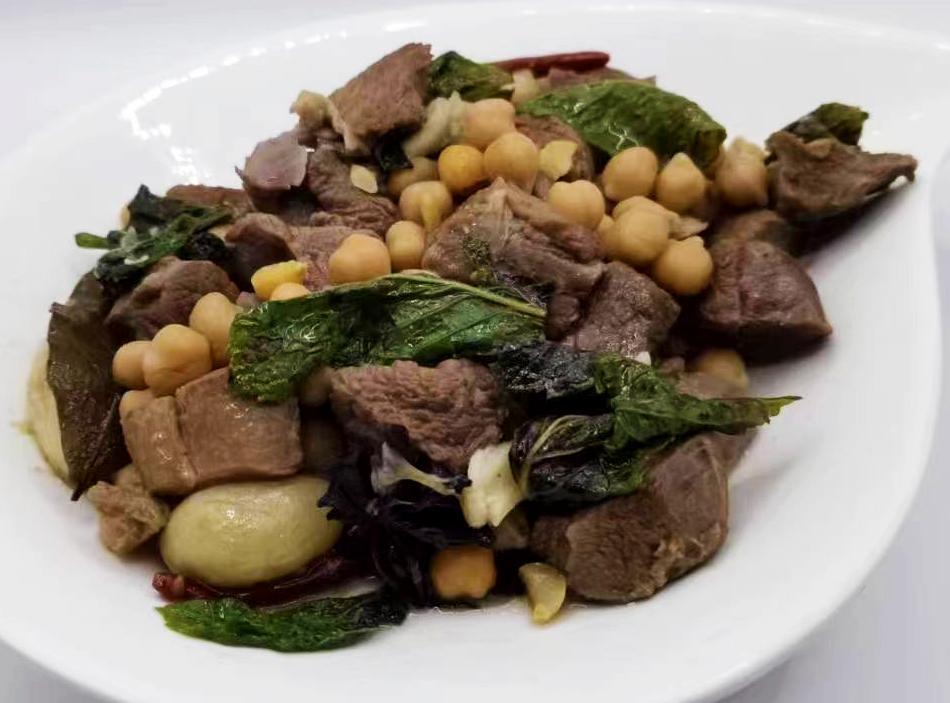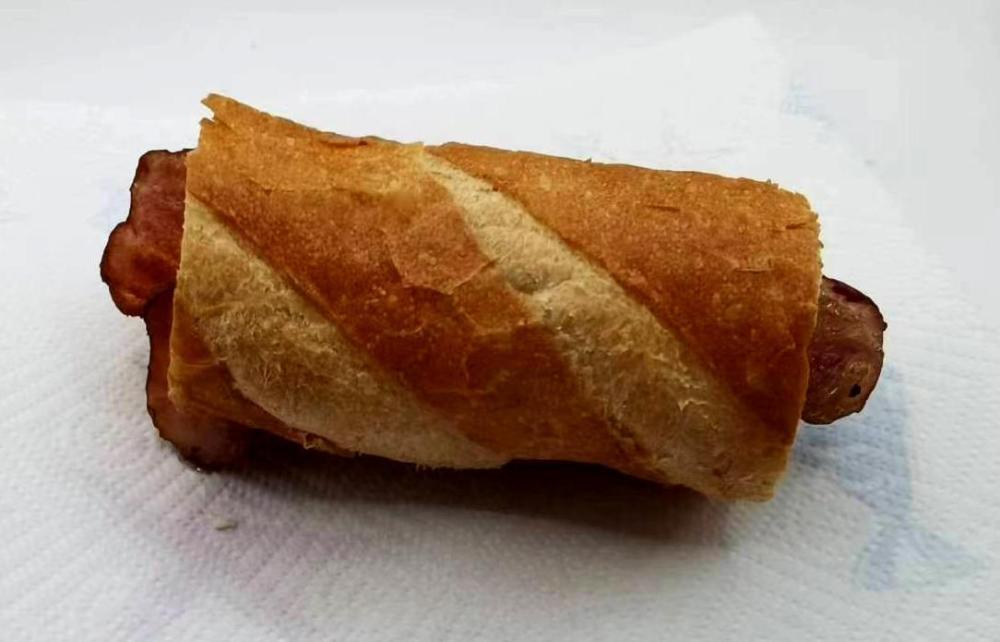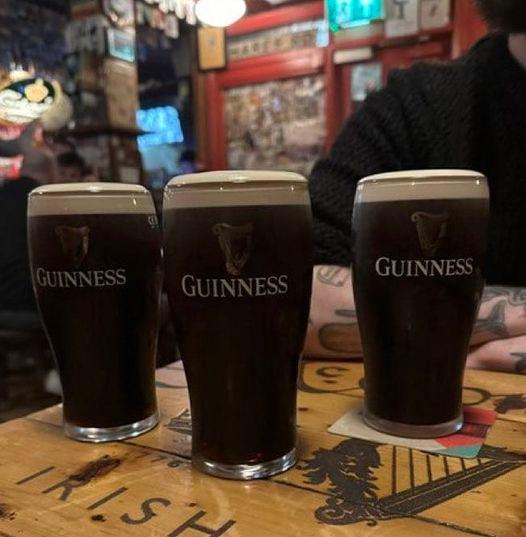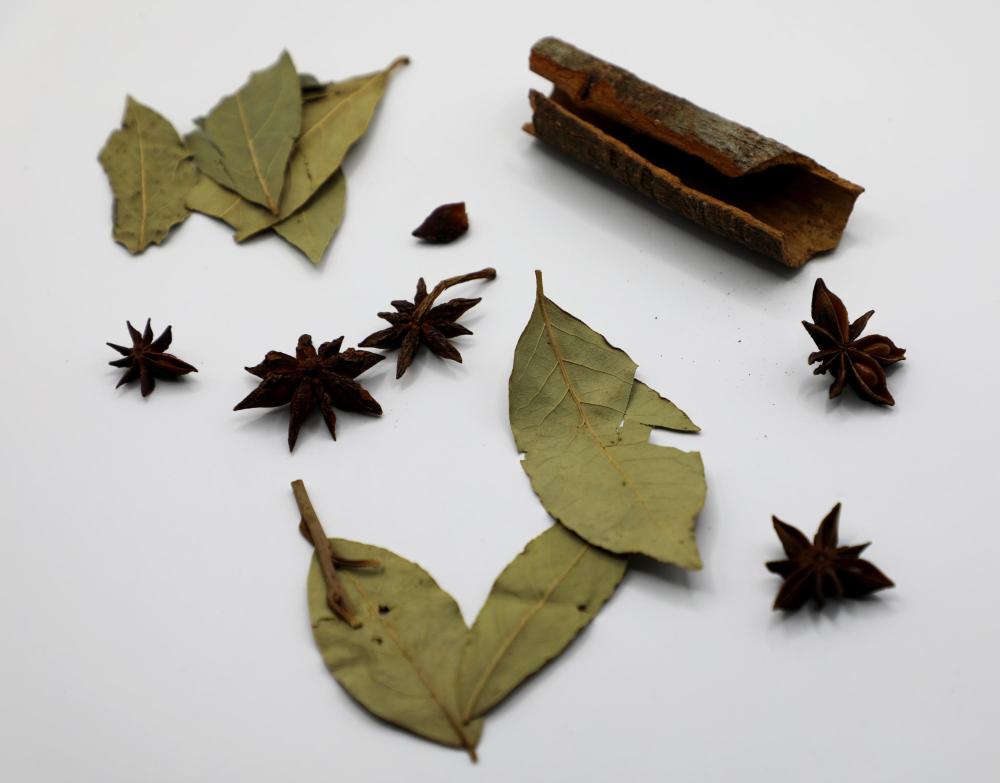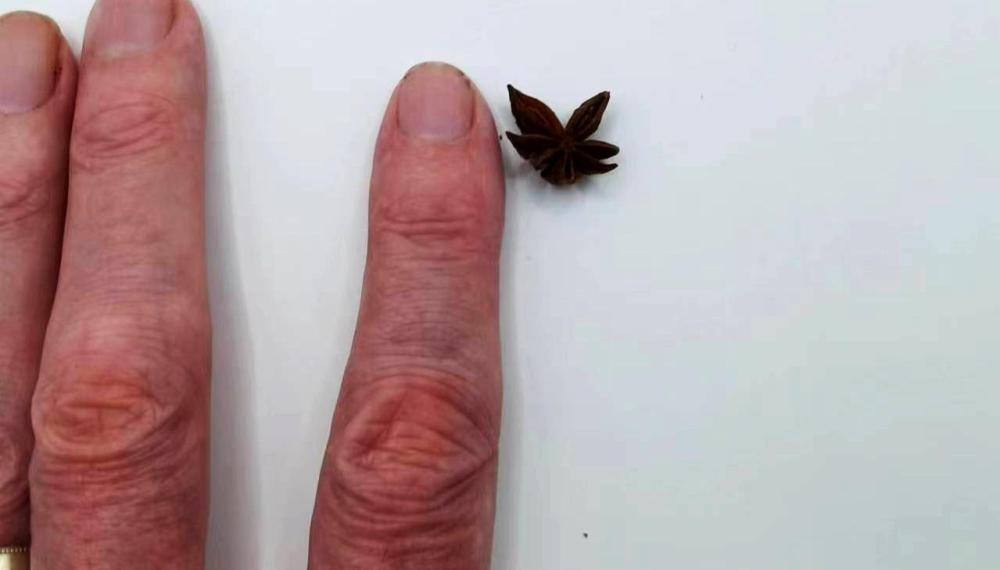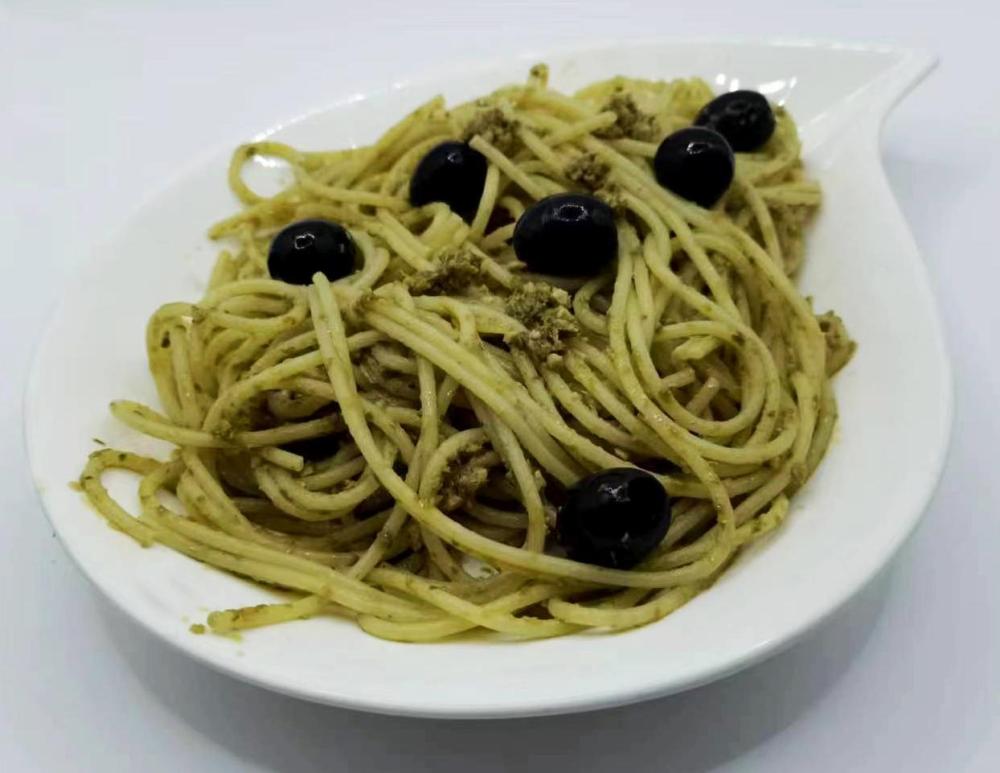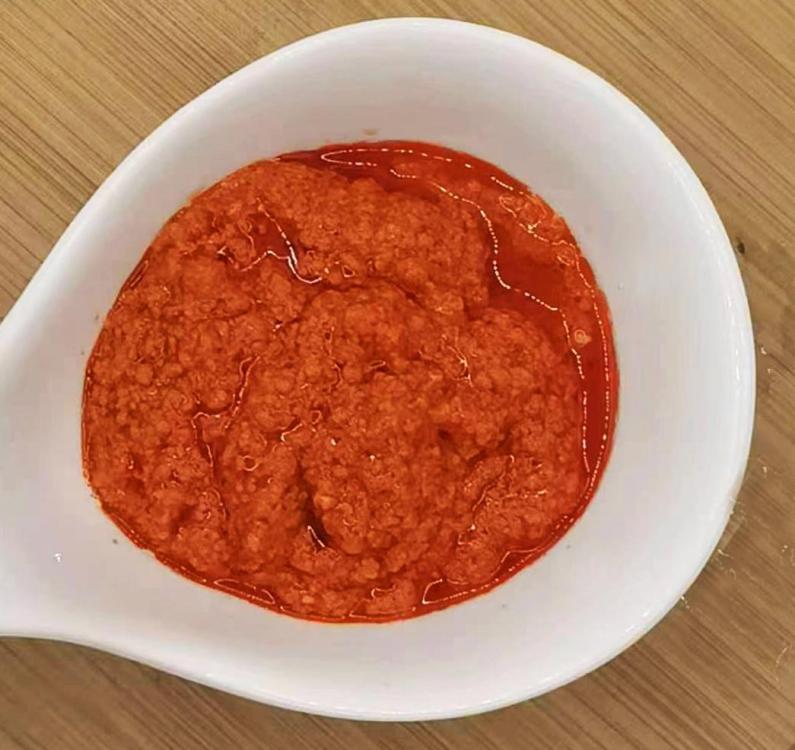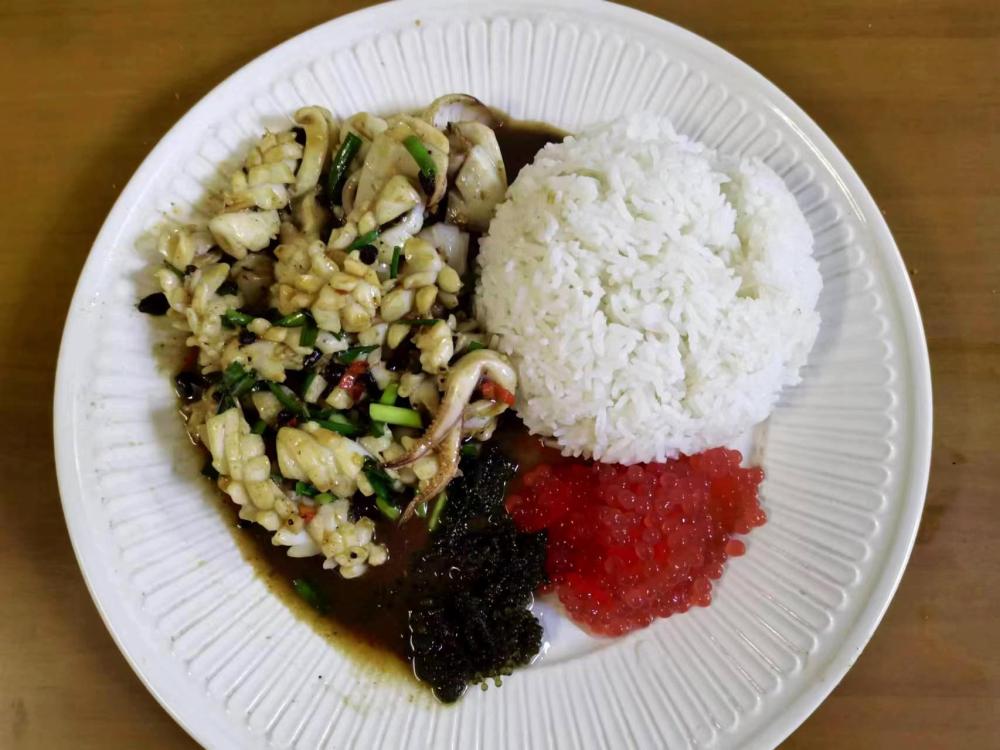-
Posts
16,681 -
Joined
-
Last visited
Content Type
Profiles
Forums
Store
Help Articles
Everything posted by liuzhou
-
Sanjiang glutinous food culture is rich, colourful, and representative of the Dong people. As the saying goes, "Dong people can't live without pickles, nor can they live without glutinous food." This is the most vivid description of Dong people's food culture. The Dong people like to grow and eat glutinous cereals, and they will use glutinous rice on holidays to make glutinous rice cakes and steamed rice cakes. Coloured glutinous rice comes in red red, black, white and more, for which 富禄乡大顺村 (fù lù xiāng dà shùn cūn), Fu Lu Xiang Dashun Village, the most famous glutinous rice growing area, has what is known as "a steamed rice hundred fragrant" reputation. A glutinous food platter is standard at traditional festivals on the third day of the third lunar month 三月三 (sān yuè sān), the Dong’s most important festival, and also on the eighth day of of the fourth month, a birthday Festival for their water buffalo, treating them to a day off work, bathing and pampering them. The glutinous rice dish is usually made of colourful glutinous rice, red duck eggs, bamboo feast, black sausage, brown rice, pickled duck, pickled fish, pickled meat and other Dong specialities. Full of colour and fragrance with an auspicious meaning, this is a traditional food that carries history and brings a taste inducing homesickness. Glutinous rice is a symbol of luck and wealth in the hearts of the Dong people, so they often give glutinous food to relatives and friends when they visit, on auspicious marriage days and during folk festivals. This traditional custom has been maintained since ancient times, thus forming a unique Dong glutinous food culture. 三江糯食文化丰富多彩,其中以侗族为代表,俗话说 “侗不离酸,食不离糯” 这就是侗家人饮食文化最形象的刻画。侗族人民喜种糯吃糯,他们逢年过节都会用糯米打糍粑、做油糍、制糖果、蒸年糕、做五色糯米饭等,糯米品种有红糯、黑糯、白糯、旱地糯等,其中以富禄乡大顺村香糯最有名,素有“一家蒸饭百家香”的美誉。 糯食拼盘是三月三、四月初八传统节日的标配,通常用五色糯米饭、红鸭蛋、簸箕宴、血肠、棕子、酸鸭、酸鱼、酸肉等侗乡特色美食拼配而成。色香味俱全,意义吉祥,是承载了历史,蕴含着乡愁味道的一道传统美食 在侗家人心中糯米是吉祥与财富的象征,因此在亲友走访,婚嫁吉日、民俗节庆常以糯食相赠,这种民族传统习俗从古至今不断保持,因而形成了独有的侗族糯食文化。
-
Slow-cooked lamb with cassia bark, bay leaf, dried chilli, star anise, garlic, chickpeas and finished with fresh mint allowed to wilt in the residual heat. Served with rice and steamed asparagus.
-
Yes. Many of southern China's ethnic minorities traditionally live in these usually three story houses. The 1st floor is for the livestock. A bit difficult to get a water buffalo 🐃 upstairs, I guess. I’ve never tried! 😂 The 2nd floor is where the family live and the third is usually storage. Ventilation consists of opening the windows or more likely shutters, even in winter. They don’t all have glass. In Yunnan, some minority homes in the countryside are wooden framed but with bamboo walls which can be rolled up in summer for ventilation. The fire pits usually sit on brick beds but fires are not uncommon, usually resulting in the total destruction of the buildings concerned – no real firefighting service in the countryside. Several years ago now, I lost a friend who died in a house fire in a Miao village. I’ve slept in these homes and always feel slightly apprehensive. Especially after a night of drinking the local rice 'wine'.
-
Breakfast this morning was a B. I don't mean that as a grade. it was an A, gradewise. It was a B because I didn't have any L or T and it was pouring with rain so I wasn't going out.
-
The Dong people are an Chinese ethnic minority group who mainly live here in Liuzhou prefecture of Guangxi. Sanjiang County, an area I've mentioned before in this topic, is where most are to be found. i have been asked to translate some short articles on the area for the county government's information bureau. I also have permission to use them as I see fit, so those of a culinary nature I'll post here. Sanjiang (三江 - sān jiāng)means 'three rivers' in Mandarin. 三江侗族自治县 (sān jiāng dòng zú zì zhì xiàn), Sanjiang Dong Autonomous County in Liuzhou Prefecture is a subtropical monsoon climate zone with four distinct seasons and superior natural conditions. But in winter and spring fog, with the cold pressing in, gathering around a 火塘 (huǒ tàng - fire pit) became the preferred way to eat. The fire pit is generally located on the second floor of the Dong ethnic minority’s wooden homes and covers an area of about 1 square meter. There is an iron tripod in the middle of the fire pit, which is used to support the pot when cooking. For most people, there is a refined square or round wooden or bamboo frame hanging above the fireplace, which is called "ang" in the Dong language, for baking grain and smoking bacon. When night falls, the family sits around the fire, cooking, heating themselves, exchanging ideas, passing information, spinning, embroidering or singing songs. At the same time, the fire pit is also a place where the Dong people offer sacrifices to their ancestors. For thousands of years, the Dong people have had deep feelings for their fire pits, regarding the fire pit as precious as life, a symbol of heaven and earth and humanity, the everlasting inheritance, the yearning of modern people, but also a bridge connecting everyone! Here is the original Chinese for anyone who's interested. 火塘家宴,幸福吉祥!侗族居住地属亚热带季风气候区,四季分明,自然条件优越。但是冬、春两季雾气大,寒气逼人,因此,围着火塘吃饭就应运而生。火塘一般设在木楼的二层,面积大约1平方米。火塘中间置铁三脚架一个,专供煮饭做菜时支架锅鼎之用。一般人家,火塘上方挂有一个精制的方形或圆形的木架(有的是竹架),侗语称为“昂”,用于烘烤禾谷、腊肉等。每当夜幕降临,家人们就围着火塘,生火做饭、取暖、交流思想、传递信息,妇女们在火塘边,或纺纱、绣花,或传唱歌谣。同时火塘还是侗家人祭奠祖先的地方。千百年来,侗家人对火塘有着深厚的感情,视火塘为生命一般珍贵,她是天地人和的象征,是历久弥新的传承,是现代人心中的向往,也是连接你我内心的桥梁!现在,随着三江旅游出圈,火塘家宴也成为游客体验侗族民俗文化的一个重要窗口,我们平时说的侗族打油茶,也可以通过这个场合表演。
-
An Irishman walks into a pub. “What’ll you have?” the bartender asks. “Give me three pints of Guinness, please,” says the man. The bartender brings him three pints, and the man proceeds to sip them alternately — the first one, the next one, and then the third one, until they’re all gone. He then orders three more. “Sir,” says the bartender, “I know you like them cold. You don’t have to order three at a time. I can keep an eye on you, and when you get low I’ll bring you a fresh cold one.” “You don’t understand,” the man says. “I have two brothers, one in Australia and one in the States. We made a vow to each other that every Saturday night we’d still drink together. So right now, my brothers have three Guinness Stouts too, and we’re drinking together.” ”What a wonderful tradition,” the bartender says, smiling. Every week after that, the man comes into the bar and orders three beers. But one week, he orders only two. He drinks them and orders two more. “I know what your tradition is,” says the bartender sadly, “and I’d just like to say that I’m sorry that one of your brothers died.” “Oh, me brothers are fine,” says the man. “I just quit drinking.”
-
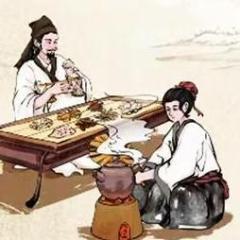
A pictorial guide to Chinese cooking ingredients
liuzhou replied to a topic in China: Cooking & Baking
This is more of a winter thing in China, but I wanted them for something non-Chinese. That said they are essential in hotpots, malatang and luosifen here, so always easy to source. I bought a small bag of the three mixed together. 30 grams in total for ¥1 / 14 cents USD. This is less than a third. We have 桂皮 (guì pí), cassia bark; 香叶 (xiāng yè), bay leaf; and 八角 (bā jiǎo), star anise. All grown locally. In fact, Guangxi grows 80% of the world’s star anise. Here is one extraordinarily tiny star anise with my left hand for scale. It's smaller than my fingernail. -
Had some pork left over from something else and a few pumpkin flowers (ditto). Souped them up with chicken stock from the freezer, garlic and ginger.
-
This was inspired by myself after mentioning it in passing in this post this morning. Wanted a light dinner. Too hot for anything more strenuous. Pasta with pesto (and a few olives I happened to have sitting around not contributing to anything else). Home made pesto from freezer; shop bought spaghetti. I prefer linguine but non ne avevo.
-

A pictorial guide to Chinese cooking ingredients
liuzhou replied to a topic in China: Cooking & Baking
蟹黄酱(xiè huáng jiàng) Crab Sauce 蟹黄 (xiè huáng) actually means the ovaries, roe and digestive tract of the crab, but a look at the ingredients list tells me this only contains the roe. These are bulked out by ‘minced fish’ i.e. surimi, unspecified spices, sugar, MSG, artificial yellow colouring and preservatives. Despite this, I quite like it with noodles or even pasta, usually linguine or spaghetti as a sort of alternative to pesto pasta. -
The Guardian has published a selection of winners of the Pink Lady food photographer of the year 2024 competition. A larger number of Chinese photographers than I expected, but had no real reason not to. I have two female friends here who are excellent professional photographers.
-
- 2
-

-

-
-
Do you get to go back often? It is almost 50 years since I visited Sri Lanka but the memories are stiil strong. I'd love to go back.
-
Why do you imagine that? The water in most tourist areas is clean. The only time I've ever gotten sick from food in a restaurant in China was from ice cream in an American restaurant in Xi'an twenty-eight years ago.
-
I wasn't talking about iffy drinking water. They bring these things to use to sterilise vegetables and meat. Trying marching into a restaurant in China with your steriliser and solution to clean the food before the chef cooks it simply isn't going to happen. And 99% of tourists have no cooking facilities in their accommodation.
-
Some short-term western visitors / tourists to China bring those sterilising machines (probably made and sold much more cheaply here) and solution for babies' feeding bottles to clean vegetables. They mostly don't have babies. How or why they expect to be washing vegetables in restaurants is never explained.
-
-
翘嘴鱼 (qiáo zuǐ yú, literally ‘warped mouth fish'), Predatory carp, Chanodichthys erythropterus is a new one to me. Native to rivers and lakes across eastern Asia from Mongolia to Vietnam, these are now farmed in limited numbers. They are a species of carp, usually sold at from 17 to 27 cm / 6½ to 10½ inches in length, but can grow much larger. The record is 102 cm 40 inches. Carnivorous, they feed on insects, crustaceans and smaller fishes. Tasty. Usually steamed. I can only buy them online; I guess most go to the restaurant trade. A 750g specimen shipped to me live sells for ¥110 / $15.20 USD.
-
ආයුබෝවන් සහ සාදරයෙන් පිළිගනිමු வணக்கம் மற்றும் வரவேற்கிறோம் Hello and Welcome! Your small island nation is one of the most beautiful I have visited and I have wonderful memories of the food. Seafood and coconut - what's not to love? Like others, I am looking forward to your participation here.
-
@Darienne Thanks for reviving this. It prompted me to order some besan / chickpea flour. In the past I had to order it from India, but found some in Xinjiang, China's westernmost province. India is actually nearer to me but import duties and transport make theirs more expensive. It took five days to get here from Xinjiang, but arrived this morning. Onion bhajis are on my horizon. Two 500g bags was the minimum order - no problem. $4 USD for the kilo, including delivery from 1,830 miles away.


